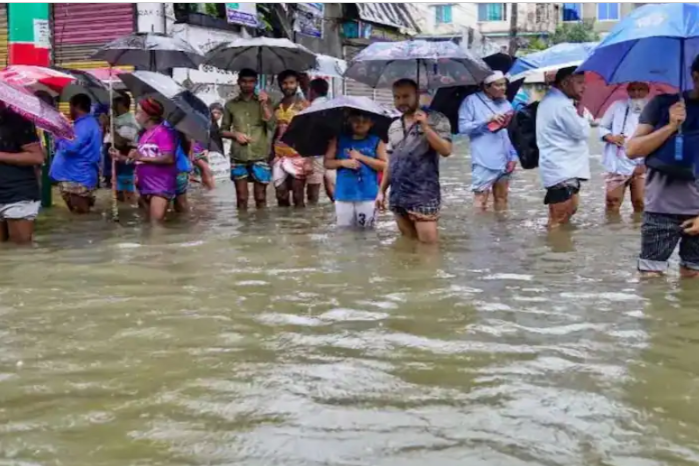Claim: Recent reports claim that the opening of the Dumbur dam on the Gumti river in Tripura triggered floods in Bangladesh.
Fact: The Ministry of External Affairs (MEA) confirms that these reports are false. The floods in Bangladesh were caused by heavy rainfall in the Gumti river’s catchment areas, not by the Tripura dam.
What’s Being Reported?
Several reports have circulated claiming that the opening of the Dumbur dam in Tripura resulted in flooding in parts of Bangladesh. These reports allege that water released from the dam caused the floods. The Ministry of External Affairs (MEA) has clarified that these claims are not accurate.
Fact Check India’s Investigation:
Fact Check India conducted an investigation into the claims and found the following:
- Heavy Rainfall: The MEA explained that the recent flooding in Bangladesh is primarily due to significant rainfall in the catchment areas of the Gumti river, which affects both India and Bangladesh. This heavy rainfall, not the dam opening, is responsible for the flooding.
- Dam’s Location and Purpose: The MEA highlighted that the Dumbur dam is situated over 120 kilometers upstream from the Bangladesh border. It is a low-height dam (about 30 meters) used for power generation, with a portion of this power supplied to Bangladesh. The dam’s operation is not linked to the recent flooding.
- Flood Data Sharing: The MEA mentioned that real-time flood data is shared with Bangladesh through the Amarpur station as part of a bilateral protocol. Despite power outages and communication issues caused by the floods, efforts have been made to ensure data transmission.
Conclusion:
The claim that the opening of the Dumbur dam caused floods in Bangladesh is incorrect. The floods are attributed to heavy rainfall in the catchment areas of the Gumti river. The MEA affirms that water management and flood data sharing between India and Bangladesh are in place to manage such issues.
Fact Check Outcome: False


You helped me a lot by posting this article and I love what I’m learning.